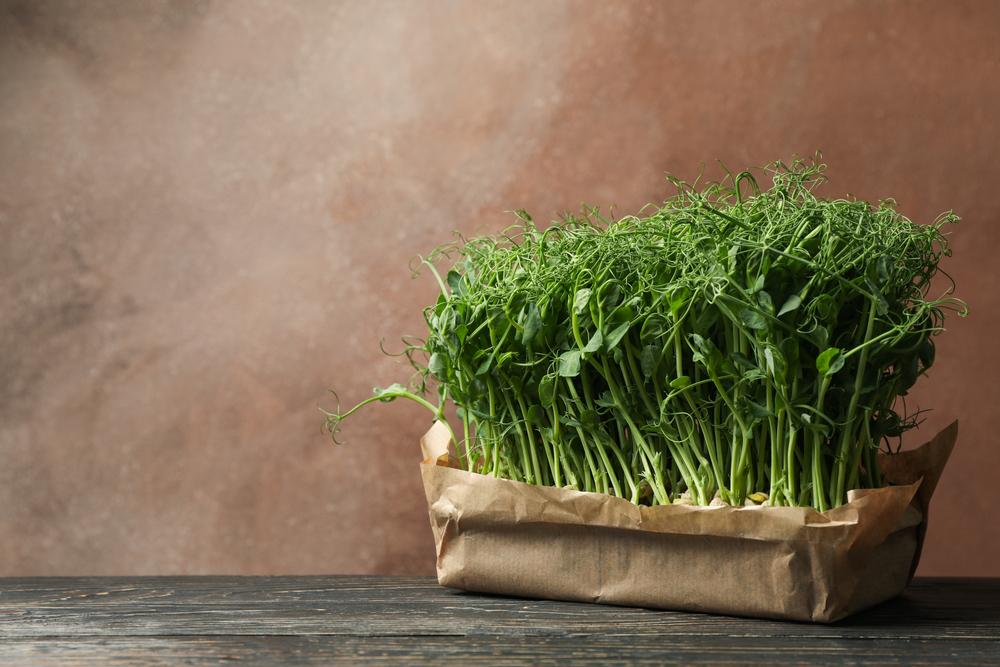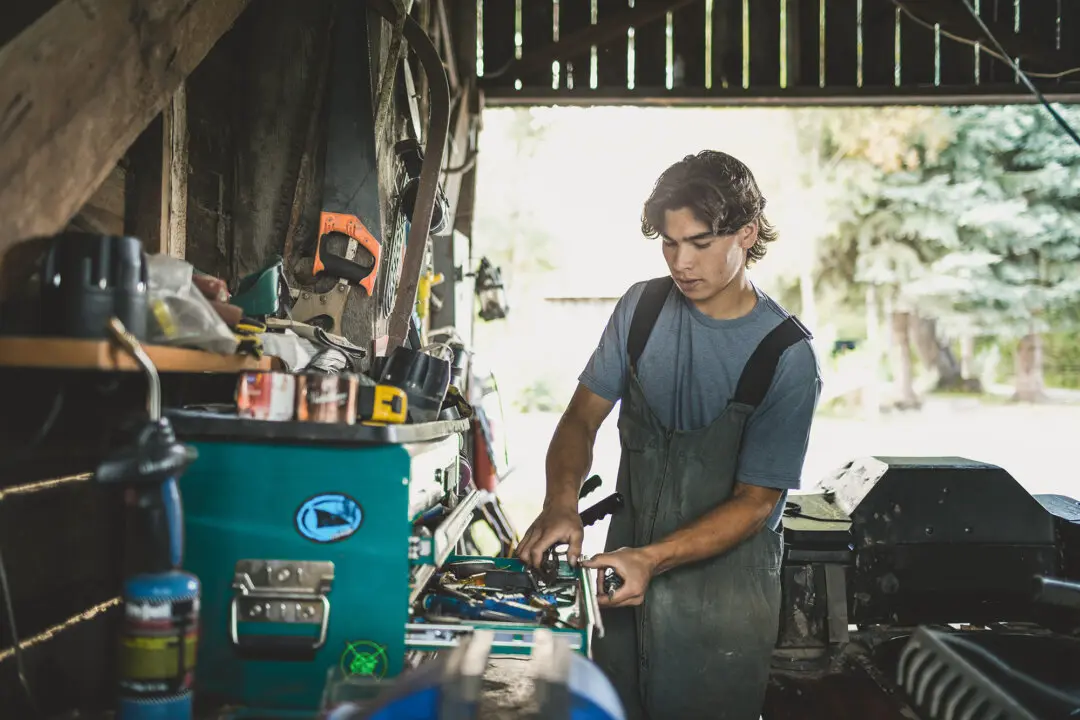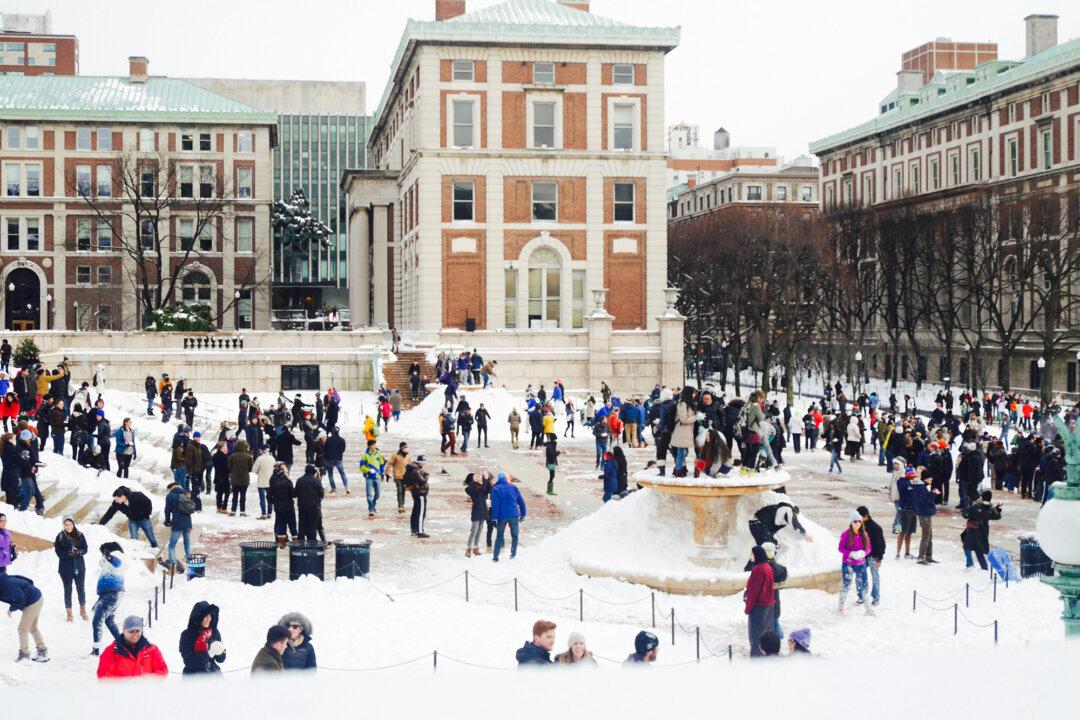An indoor garden allows apartment dwellers or those with a small yard or imperfect climate to enjoy fresh fruit and vegetables year-round. It gives you fresh herbs and veggies ripe for the picking, ready to add vibrancy to the most basic recipes or as a snack right off the plant. Whether you want to garden in order to have the freshest produce, live healthier, save money, as a fun family activity, or ultimately, as a potential “prepper” garden, let’s welcome the outdoors in.
Plotting and Planning
You don’t need a large space or fabulous natural light to have a healthy indoor garden, but you do need the right containers. Lettuce, spinach, and other greens need to be planted a minimum of five inches deep for proper root development, while beans, peppers, cucumbers, and peas do well in depths of seven to nine inches. Broccoli, cabbage, carrots, and cherry tomatoes thrive in a 12-inch deep pot but will be happier in 16 inches. Standard tomatoes, summer squash, cucumbers, potatoes, and Jerusalem artichokes need to be planted 16 inches or more deep.Next, take spacing into account. Radishes and carrots will thrive when planted just two inches apart. Leafy greens are commonly placed five or six inches apart to allow for robust growth and easier picking. Broccoli, cabbage, cauliflower, and cherry tomatoes do best in a 12-inch pot (some gardeners sneak basil in there with them, saying it enhances the tomatoes’ flavor). For summer squash and standard tomatoes, use an 18-inch planter.





